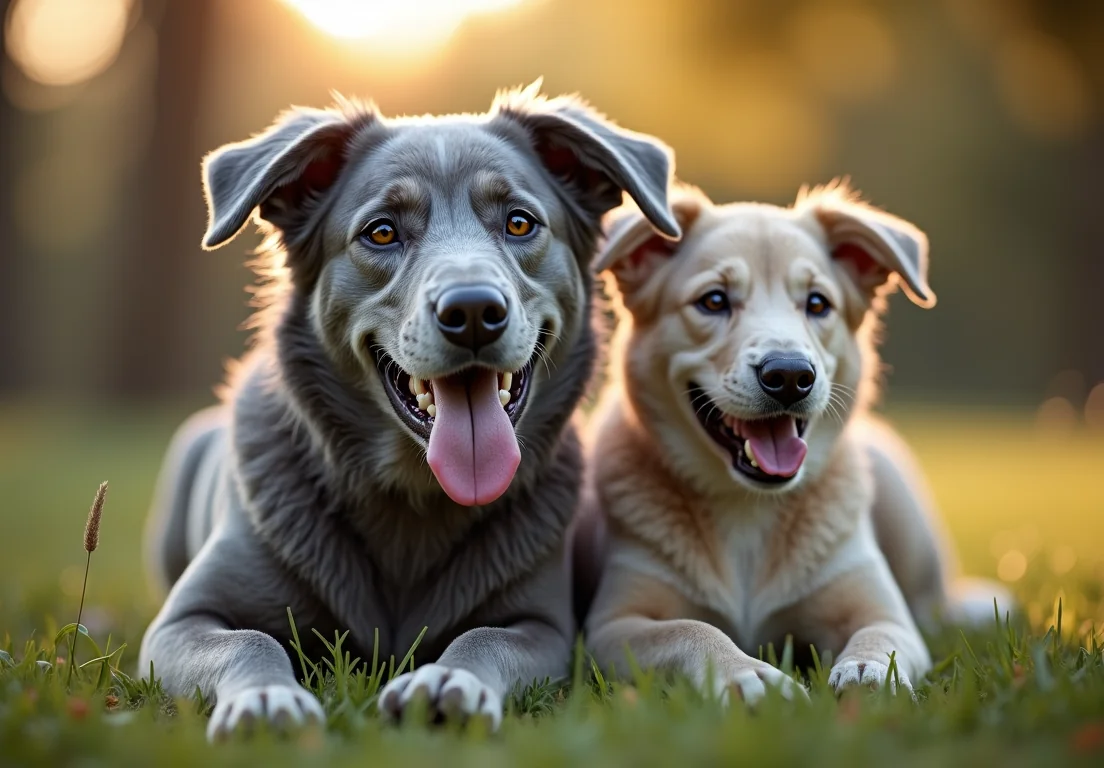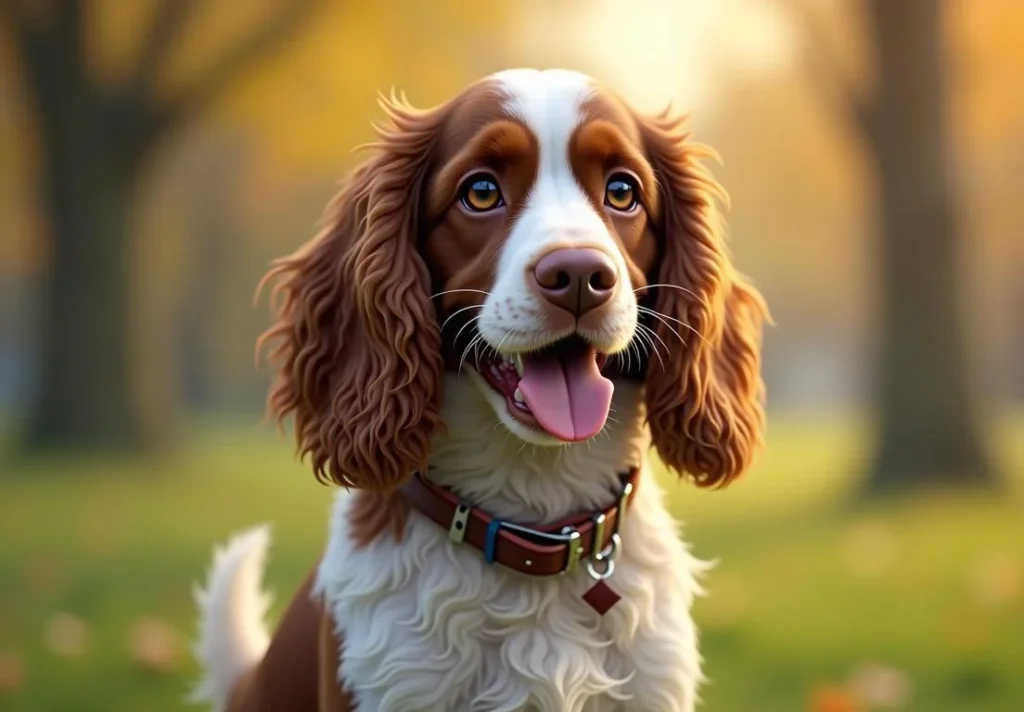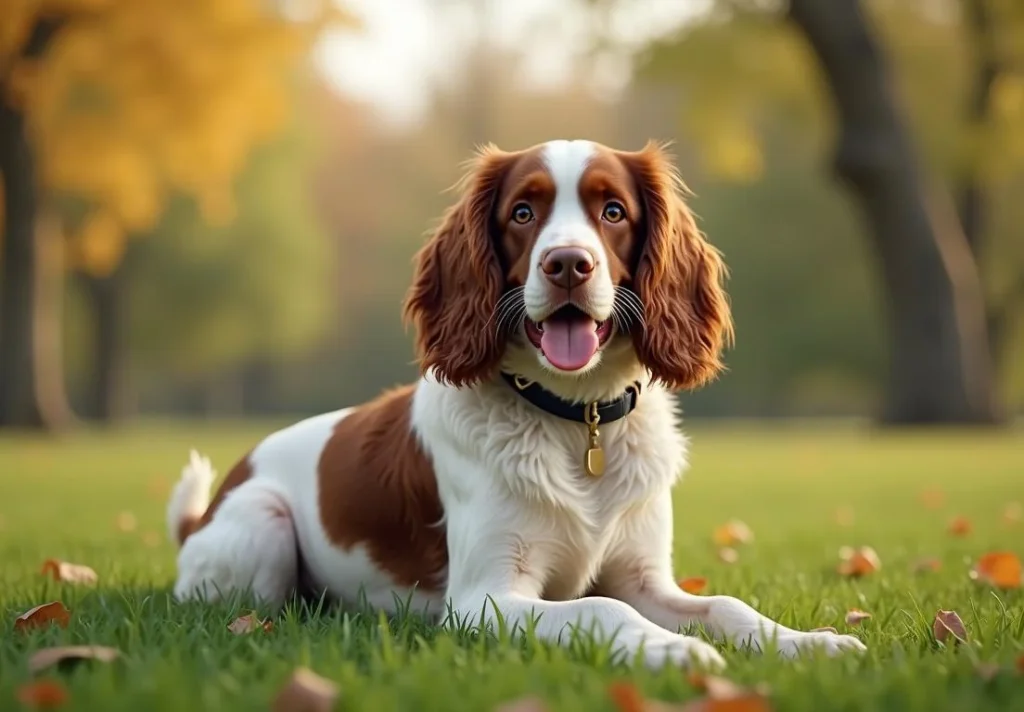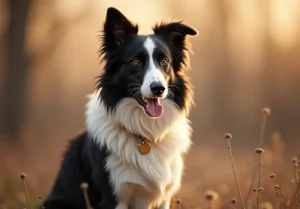Sporting dogs are more than just companions; they are a testament to agility, intelligence, and loyalty. These breeds have been honed over generations for their unique skills in hunting and retrieving, making them a favorite among active families and outdoor enthusiasts.
Sporting dogs encompass a variety of breeds known for their keen instincts and exuberant energy, ranging from retrievers to spaniels. Understanding their specific traits and care requirements is key for anyone looking to welcome one into their home. Stay with us as we explore a treasure trove of insights into sporting dogs that goes beyond the basics — secrets to their happiness and health await!

What breeds are considered sporting dogs?
Sporting dogs are an energetic bunch, bred primarily for activities like hunting and retrieving. Some of the most well-loved breeds in this category include Labrador Retrievers, Golden Retrievers, and various Spaniels. Each has its unique traits that make them stand out.
- Labrador Retrievers are often lauded for their friendly nature and adaptability. They excel in water and land retrieval, making them favorites for hunters. Plus, they’re known for their intelligence and eagerness to please, which makes training a breeze.
-
Golden Retrievers share a similar temperament, but they often have a softer, more nurturing side. They’re agile and quick learners, thriving in active households where they can participate in games or work alongside their owners.
-
Spaniels , including the Cocker Spaniel and English Springer Spaniel, are compact and energetic. They have an innate love for water and an exceptional nose, which makes them fantastic hunting companions. Their friendly disposition also allows them to blend seamlessly into family life.



Beyond these, you’ll find breeds like the German Shorthaired Pointer, Weimaraner, and Vizsla, each embodying the qualities that define sporting dogs. They all share a love for the outdoors, making them excellent choices for active individuals or families who enjoy outdoor activities.
What traits make sporting dogs special?
Sporting dogs come packed with personality traits that endear them to many owners. Notable characteristics include their high energy levels, friendly dispositions, and a keen intelligence that often results in quick learning.
With energy to spare, these dogs thrive on physical activity, requiring regular exercise to stay happy and healthy. Whether it’s running alongside you during a jog or splashing in the water, they have a zest for life that is contagious.
Another defining trait is their sociability. Sporting dogs are known for their friendly nature, often making them excellent companions for families and children. They typically get along well with other pets, thanks to their playful instincts and outgoing attitudes.
Their intelligence can’t be overlooked either. Many sporting breeds are eager learners, which not only aids in training but also contributes to their engagement in various activities like agility and obedience competitions.
If you’re considering a sporting dog, you’ll find that companionship, loyalty, and an active lifestyle are part of the package. Just be ready to keep up with their boundless enthusiasm!
How to choose the right sporting dog?
Selecting the perfect sporting dog requires a bit of introspection. First, think about your lifestyle. Are you an active person who loves to hike, run, or play fetch? Breeds like the Labrador Retriever or the German Shorthaired Pointer thrive on high energy and need lots of exercise. If your life is a bit more laid-back, consider a breed like the English Springer Spaniel, which still loves outdoor adventures but can adapt to a more moderate pace.
Next up is your activity level. Sporting dogs are bred to work, so they often come with substantial exercise needs. If you’re out and about regularly, you’ll likely mesh well with a high-energy breed.
To illustrate this, consider two hypothetical individuals:
- Person A is an avid runner who exercises daily and enjoys outdoor activities. They would benefit from a high-energy breed like a Labrador Retriever or a German Shorthaired Pointer, which require ample exercise to thrive.
- Person B, however, has a busy work schedule with limited time for outdoor activities. They may find a more adaptable breed like the Brittany more suitable, as this breed can adjust to varying levels of physical activity. This comparison highlights how an individual’s lifestyle directly influences the compatibility with high-energy dog breeds.
Family dynamics play a crucial role, too. If you have kids or other pets, consider the breed’s temperament. Retrievers are generally sociable and great with children, while some Pointers might be a bit more reserved. Always think about how a dog will fit into your daily routines and interactions.
Check out breed specific forums or groups for firsthand experiences. Engaging with owners can provide insights that breed descriptions can’t.
Lastly, if you have specific needs or interests, like hunting or agility sports, that’ll influence your choice as well. Remember, it’s all about finding the best fit for you and your future four-legged friend.
What are the exercise needs of sporting dogs?
Sporting dogs are like athletes— they require consistent and vigorous exercise to stay healthy and happy. Most sporting dog breeds require about 60 to 90 minutes of physical activity each day, which can include a mix of walks, runs, and play sessions.
This can include walks, runs, playing fetch, swimming, or participating in activities like agility training.
Different breeds have varying exercise requirements. For example, the Labrador Retriever thrives on daily runs or play sessions, while Cocker Spaniels may be satisfied with a little less intensity but still need regular activity.
Mental stimulation is just as important. Incorporating training sessions or interactive toys in their routine helps keep them mentally sharp. Consider activities such as:
- Daily walks: Long walks in varied environments can keep things interesting.
- Fetch games: Perfect for bonding and great exercise.
- Swimming: Many sporting breeds enjoy water and swimming is a fantastic workout.
Taking part in organized activities, whether it’s hunt tests, field trials, or dog sports, can significantly enhance their quality of life. Investing time in these exercises not only promotes physical fitness but also deepens the bond between you and your sporting dog.
How to train sporting dogs effectively?
Training a sporting dog can be incredibly rewarding, given their high intelligence and natural drive. These breeds love to be active and engaged, so harnessing that energy is key. Start as early as possible—puppy socialization is crucial. Expose them to different environments, people, and other animals. This variety helps them grow into well-rounded adult dogs who are comfortable in different situations.
Utilize positive reinforcement techniques; rewards work wonders. Whether you’re using treats, praise, or playtime, find what motivates your dog. Keep training sessions short but frequent, around 5 to 10 minutes, to maintain their interest. Use commands that are clear and consistent; terms like “sit,” “stay,” and “come” should be reinforced regularly.
Consider incorporating interactive toys and games that stimulate their minds. Sporting dogs thrive on tasks, so activities such as fetch, agility, or even scent work can be fantastic for mental workout as well as physical exercise. Gradually increase the difficulty of tasks to keep them challenged.
Another secret? Don’t skip the social outings. Train them in different areas where there are more distractions to help curb any anxiety or apprehension. This will also boost their confidence in various situations. With consistency and patience, you’ll raise a happy, well-adjusted sporting companion.
What should you feed sporting dogs?
Feeding a sporting dog goes beyond just filling their bowls. These breeds require a diet that supports their high energy levels and active lifestyles. Look for high-quality dog food specifically formulated for active breeds; these typically contain more protein and healthy fats.
Nutritional needs
- High Protein: Aim for foods with at least 20-30% protein from quality sources like chicken, fish, or lamb. This supports their muscles and recovery.
- Healthy Fats: Omega-3 and Omega-6 fatty acids are essential for their skin and coat health, as well as overall wellness.
- Complex Carbs: Whole grains and vegetables provide the necessary energy for their activities. Sweet potatoes and brown rice are excellent choices.
Don’t overlook the importance of hydration. Always have fresh water available, especially after a good play session or training.
When it comes to portion sizes, consider their age, weight, and activity level. Sporting dogs may need more food during periods of intense activity, while older or less active dogs should be monitored to avoid obesity. It’s often recommended to divide their daily intake into two or three meals instead of one.
Lastly, be mindful of treats—use them wisely during training but keep an eye on the overall caloric intake. With the right nutrition, your sporting dog will be ready to tackle any adventure alongside you.
How to keep sporting dogs mentally stimulated?
Sporting dogs thrive on mental challenges, not just physical activity. Keeping their minds sharp is essential to their happiness and well-being. Here are some activities and toys that can do just that:
-
Puzzle Toys : Invest in some interactive toys that require your dog to solve puzzles for treats. Brands like Nina Ottosson offer a variety of difficulty levels tailored for sporting breeds.
-
Scent Games : Utilize your dog’s natural instinct to sniff. Hide treats around your home or yard and let them hunt them down. This taps into their foraging instincts and keeps them busy.
-
Training Sessions : Engage in regular obedience training or teach them new tricks. Short, focused training sessions help reinforce good behavior while also providing mental challenges.
-
Agility Courses : Set up a simple agility course in your backyard. This encourages problem-solving while expending energy. Courses can include jumps, tunnels, and weave poles.
-
Fetch with a Twist : Instead of just a standard game of fetch, try throwing the ball in unpredictable directions. You can also incorporate commands like “sit” or “stay” before releasing them to chase.
-
Dog Sports : Consider joining a local club that offers activities like dock diving, flyball, or hunting trials. These sports are not only physically demanding but also incredibly mentally stimulating.
-
Boredom Busters : Rotate their toys to keep things fresh. Dogs get bored with their toys just like we do, so switch up their playthings regularly to maintain interest.
-
Socialization : Arrange playdates with other dogs. This helps them learn social skills and stimulates their minds through interaction.
By integrating these activities into your dog’s routine, you’ll create a stimulating environment that caters to their busy minds and energetic natures.
What are common health issues in sporting dogs?
Sporting dogs are often known for their boundless energy and friendly dispositions, but they can face certain health challenges that owners should be aware of. Here are some prevalent concerns along with preventive measures:
- Hip Dysplasia: This genetic condition leads to malformed hip joints. Regular vet check-ups and maintaining a healthy weight can help manage or prevent severe issues.
-
Elbow Dysplasia : Similar to hip dysplasia, this affects the elbow joints. Ensuring controlled exercise during growth stages is crucial to minimizing risk.
-
Ear Infections : Breeds like Spaniels or Retrievers with floppy ears are prone to ear infections. Regular ear cleaning and check-ups can help mitigate this risk.
-
Obesity : Given their energetic nature, maintaining a balanced diet and regular exercise is key to preventing weight-related health issues.
-
Eye Problems : Conditions like cataracts and progressive retinal atrophy can be common. Routine eye exams can help catch issues early.
-
Skin Allergies : Sporting breeds may develop allergies leading to skin irritation. Keep an eye on their skin condition and consult with your vet if you notice changes.
-
Bloat (Gastric Torsion) : This life-threatening condition can affect deep-chested breeds. Feeding smaller, more frequent meals and avoiding vigorous exercise after eating can help lower the risk.
Regular veterinary visits, appropriate exercise, and a balanced diet are integral to keeping your sporting dog in peak condition. Staying proactive about these common issues will lead to a longer, healthier life for your furry friend.
What unique facts do you need to know about sporting dogs?
Sporting dogs are not only active and affectionate; they’re also packed with fascinating quirks and traits that make them stand out in the canine world.
Distinct Abilities : Many sporting breeds, like the Labrador Retriever, were initially bred for specific tasks related to hunting and retrieving. Their exceptional sense of smell and agility make them outstanding at scent detection, which is why you might find them working in search and rescue or detection roles today.
Exercise Needs : Unlike more laid-back breeds, sporting dogs thrive on activity. Studies show they need about 2 hours of exercise daily to stay happy and healthy. It’s not just a walk around the block; they often require activities that challenge their physical and mental skills, like agility training or playing fetch.
Temperament Traits : Known for their friendly and sociable nature, most sporting dogs are also highly trainable. Breeds like the Golden Retriever exhibit a strong desire to please, making them ideal companions for families and active individuals. Their gentle demeanor often makes them great therapy dogs, providing comfort to many.
Unique Health Considerations : While these dogs are generally robust, specific breeds face unique health challenges. For example, Cocker Spaniels can be prone to ear infections due to their floppy ears. Regular grooming, including ear cleaning, can help prevent this common issue.
Historical Roots : Fascinatingly, many sporting dogs date back several centuries and were bred by nobility for hunting purposes. The English Springer Spaniel, for instance, has origins that trace back to the 1800s, specifically bred to flush game birds out of their hiding spots.
Understanding these key insights about sporting dogs can enhance not only your appreciation for them but also your effectiveness in providing care. Consider incorporating regular exercise and training into their routine, and keep a watchful eye on their health needs for a fulfilling companionship.
Alex, a passionate animal lover, has experience in training and understanding animal behavior. As a proud pet parent to two dogs and three cats, he founded AnimalReport.net to share insights from animal experts and expand his knowledge of the animal kingdom.




